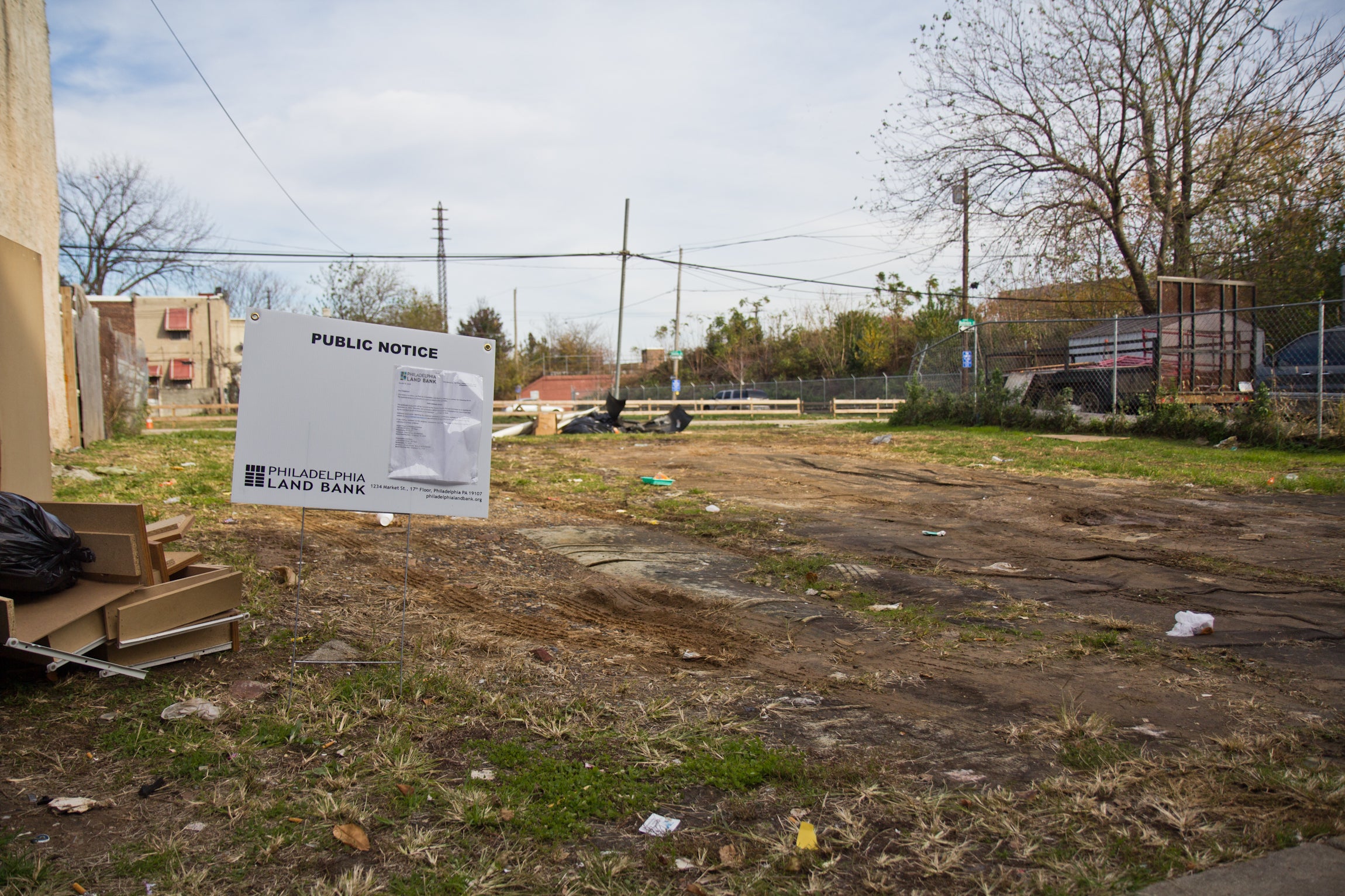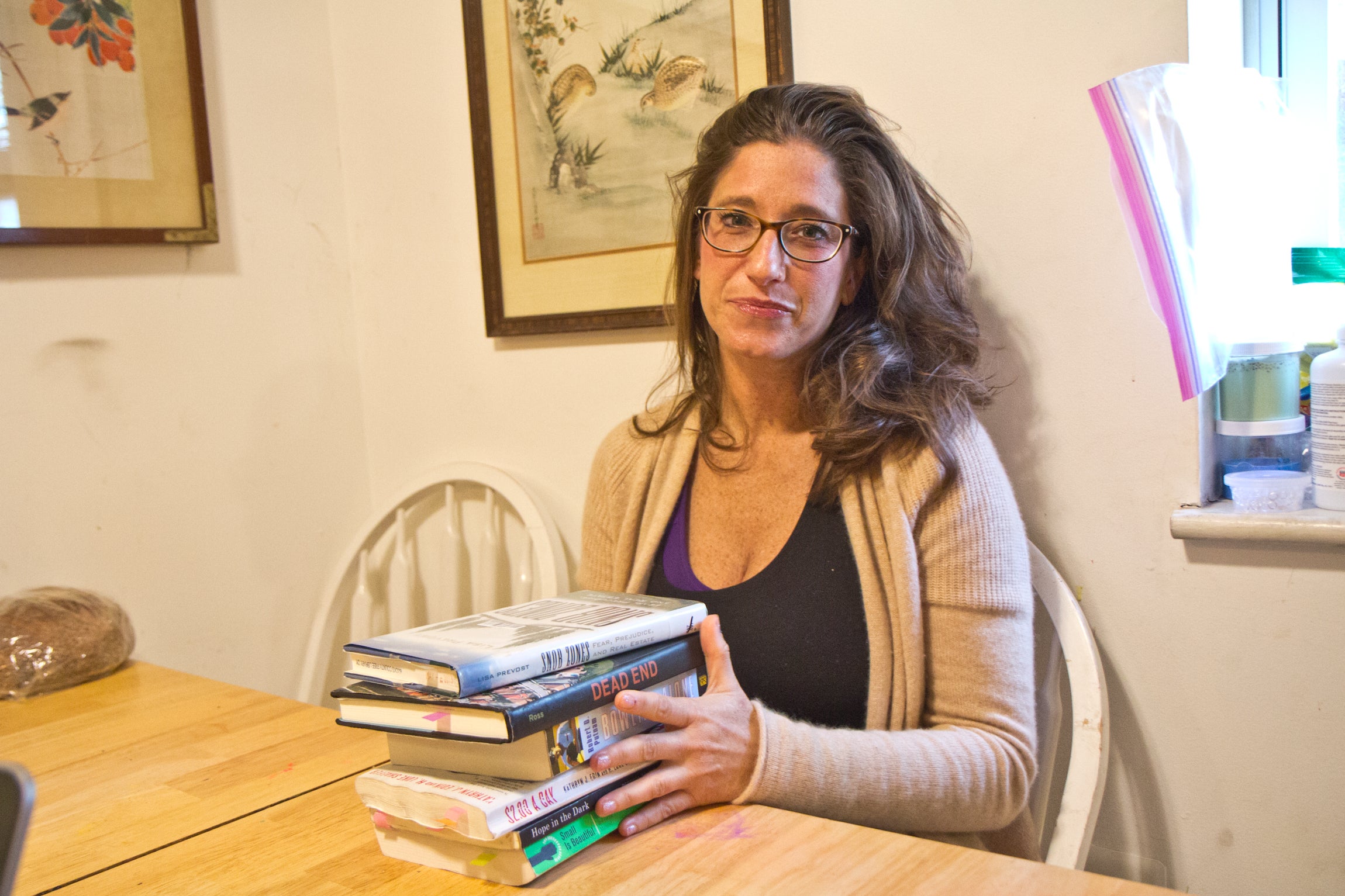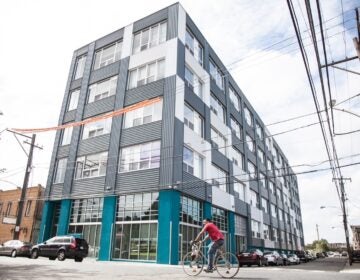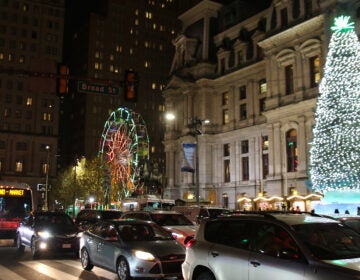Tiny houses to make Philadelphia debut on city land
Listen 2:02This article originally appeared on PlanPhilly.
—
Philadelphia is on track to begin construction of prefabricated tiny houses in Kensington, a new strategy for the city that advocates say could dramatically improve the region’s ability to respond to a growing shortage of decent, low-cost housing.
If the plan comes to fruition, it will be the Philadelphia debut of a housing type that has captured the imagination of everyone from reality TV producers and HGTV junkies to minimalist architects and advocates seeking to end homelessness.
With support from two City Councilmembers, a team of advocates lead by Villanova University professor Stephanie Sena plans to construct a model unit on a 700 square-foot, city-owned parcel of land at 2147 Orleans Street in Greater Kensington. A $75,000 no-interest loan to a nonprofit led by Sena, Student-Run Emergency Housing Unit of Philadelphia, is paying for the pre-fab home. The loan will come from the personal bank account of Councilman Allan Domb.
Councilman Domb “sees our work as an answer to rising housing prices,” said Sena, who teaches history. “We’ve applied for many grants and had a lot of success, but there are many corporations and funders that tell us they need to see a model first. This one property on Orleans Street will be the model we can use to get the funding we need to get more properties.”
On Tuesday, the City Council’s Vacant Property Review Committee approved the parcel’s transfer from the Philadelphia Land Bank to Sena’s group. On Thursday, Councilman Mark Squilla introduced a resolution in City Council to approve the transfer. To complete the process, Squilla’s resolution will have to be voted on and then, assuming the legislation moves forward, the Land Bank’s executive board will give final sign off at their December meeting, transferring the tile from the city to the nonprofit.

Sena and her team plan two different forms of tiny homes in Philadelphia. The model home on Orleans Street will be a rowhouse infill designed to blend in with nearby houses. They hope to build 14 similar rowhouses if they are able to acquire more land on the block. The small size and prefab nature of the houses will allow them to be sold at a price point affordable to low-income residents who want remain in appreciating neighborhoods, Squilla said.
“The costs of our affordable housing has been astronomical,” the Councilman said. “The tiny house proposals are a way to increase the number of affordable units at a reduced cost. We look at this as a viable option for keeping communities affordable as we continue to develop our neighborhoods.”
The other housing type reflects Sena’s original vision of tiny detached homes where people transitioning from homelessness could live with pets, which aren’t allowed in traditional shelters. These detached homes, Sena said, could be placed in areas of the city like Kensington where there are acres of unused formerly industrial land in need of new uses.
Both the rowhouse models and the detached homes would weigh in at about 650 square feet and $85,000 in building cost per unit, the professor said.

Once the model home is built on Orleans Street, Sena plans to fund further construction with a mix of grants and donations from corporations and individuals. She has already raised $25,000 in donations through GoFundMe. Once units are assembled, rental income or profit from sales could also help fund more development, although Sena wants to keep some of the homes under the control of her non-profit so people transitioning out of homelessness can be continually serviced.
But while city officials appreciate Sena’s specific vision, they see tiny homes as an answer to the city’s larger affordable housing issue. Domb said his office has been studying the tiny house concept for years as a way to avoid the astronomical costs of building new affordable housing units in Philadelphia, where construction costs are among the highest in the nation.
“To take people out of homelessness we need to put them into affordable housing, and I thought this was a better solution than spending $418,000 on an affordable home,” said Domb, who also owns one of the city’s top real estate brokerages. “I volunteered to lend, interest-free, $75,000, plus anything else that might be needed, in order to get the program off the ground. I felt that could cut out the red tape so we could get started right away.”
The inspiration to bring tiny houses to Philadelphia came to Sena in 2017 after years of helping to arrange seasonal shelters for homeless people in church basements under the auspices of Student-Run Emergency Housing Unit of Philadelphia. She saw that people who have pets are routinely turned away from homeless accommodations unless they put their animals in animal shelters where they are often put down.
Sena figured the best way to help her clients would be to create a shelter of her own, where they could have privacy, keep their pets, and access social services. That dream took on more definition when she read about, and eventually visited, tiny house villages in cities like in Eugene, Oregon. In these city-sanctioned places, formerly homeless individuals lived with their pets and enjoyed access to community centers, education, and health services.
That idea would require a lot of money and connections, neither of which Sena had at that point. That changed quickly with the help of friends, including Lucy Noland, an anchor at Fox 29. The idea began to take on a life of its own as she and Noland ran into key players around town, talking to Deputy Mayor for Labor Rich Lazer at a dinner party and Mayor Jim Kenney at a Billy Joel concert. There with the piano man in the background, Noland pitched Kenney on tiny houses, Sena recounts. She said Kenney offered to put the women in touch with Anne Fadullon, his administration’s director of development and planning.
In the fall of 2017, Sena met Squilla, who quickly expressed support for the concept. Another friend of hers pitched Domb on the idea. Sena said she has also successfully pitched the city’s powerful building trades unions, with union leaders volunteering free labor for the initial pilot project. Union representatives did not respond to requests for comment.
It was through conversations with city officials that Sena and her team expanded the idea beyond villages of tiny detached homes like the ones she saw on the West Coast to infill projects that would fit better in Philadelphia’s dense neighborhoods.
“Our goal is that as you walk down the street and look at the streetscape, you aren’t going to be able to tell the difference between the new structures and the old,” said Anthony Belfield of Resource Control Consultants, Sena’s construction manager. “We aren’t going to put a single-family lot into an area that is predominantly city rows.”
The prefabricated homes Sena wants to plant in Kensington, and other Philadelphia neighborhoods are built with structurally insulated panels. Though the standard unit is 650-square feet, the homes can be expanded or contracted to fit the needs of a particular lot. Belfield said they would be assembled in Connecticut by DBLS Homes, and transported to Philadelphia on a 40-foot flatbed trailer, where the prefabricated, pre-wired panels can then be assembled.
The construction process could be reduced further because assemblage of the homes could also happen at the factory in Connecticut while a foundation is built and plumbing installed on the lot in Philadelphia. It’s through cutting the construction process down to a minimum and keeping labor costs low that the houses are able to go up for dramatically less money than standard homes in the city.
Sena hopes to house one of her current homeless clients in the pilot unit. But moving forward, most of the homes planned for Orleans Street and other infill sites will not be earmarked for people transitioning from homelessness, she said.
“We’ve discussed if we could have one of Stephanie’s current clients, who maybe has trade skills and is down on his luck, we could put him into the sample unit,” said Belfield. “That hasn’t been fully fleshed out, but it’s an option. From a strict standpoint, the infill housing is meant to be affordable housing, while the stand-alone housing is more the homeless option because of the pet need.”
Sena says she hopes the village project for homeless people and their pets will be able to start construction at the same time as the full infill project. But Belfield estimates they are about a year out from obtaining site control and beginning the construction process on the first village. That’s partly because the 1.5-acre city-owned parcel they are eyeing at 3809 Frankford Avenue is zoned for industrial use and would need to be remapped, among other complications.
There is still time for things to go wrong. Sena said her original site for the tiny home village, outside Squilla’s district, got defeated by community activists who didn’t want homeless services in their neighborhood. It remains to be seen how civic associations will react in the area where Sena now plans to build. Sena said she’s met with neighbors on Orleans Street and that they are amenable to the infill idea. The plan for the full project includes a food bank, for both pets and their people, which the entire community would be welcome to use.
“It’s the same process we do with any kind of development: we try to work on a compromise to allow it to happen,” said Squilla. “Sometimes we can’t find one and it doesn’t happen. Sometimes it is modified for a specific community. And sometimes they have to see a project somewhere else before they’ll support it.”
WHYY is your source for fact-based, in-depth journalism and information. As a nonprofit organization, we rely on financial support from readers like you. Please give today.







